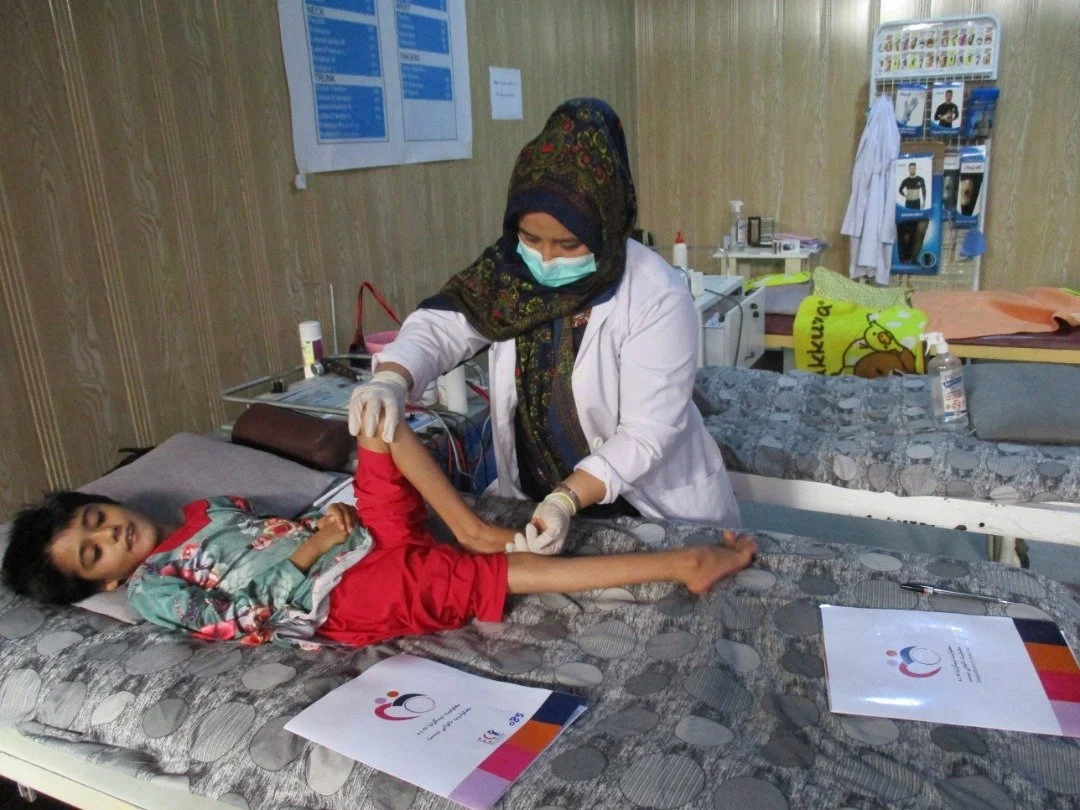Our Latest Articles
In this article Nasir describes how the Enabled Children Initiative (ECI) set up a school for children with disabilities in Afghanistan that aims eventually to include them in mainstream settings by working with other schools to develop inclusive learning environments.
Afghanistan has one of the highest proportions of people with disability globally. At least one in five households contain an adult or child with a physical, sensory or psychosocial disability. More than one million Afghans also have amputated limbs, or experience mobility, visual or hearing disabilities. The prevalence of disability in Afghanistan is due to a myriad of problems caused by decades of conflict and instability. This includes buried land mines, and artillery shelling, disease, poor healthcare and acute poverty.
Laughter and excited chatter burst out of the colourfully painted classrooms. In a quiet garden schoolhouse amid the jam-packed Afghan capital, Kabul, pupils run around, study and play in the country’s first official school for children with disabilities.
In Afghanistan, 20% of families include someone with a severe disability (Handicapped International, 2005). The Asia Foundation is undertaking a disability survey this year which could reveal higher figures, as conflict has persisted over the past 14 years, and prenatal care, while drastically improved, is not yet ubiquitous. Patient data from the International Committee of the Red Cross (ICRC), which operates rehabilitation centers across the country, shows that for both 2017 and 2018, over 50% of new patients were children with an amputation or congenital disability in need of treatment.




